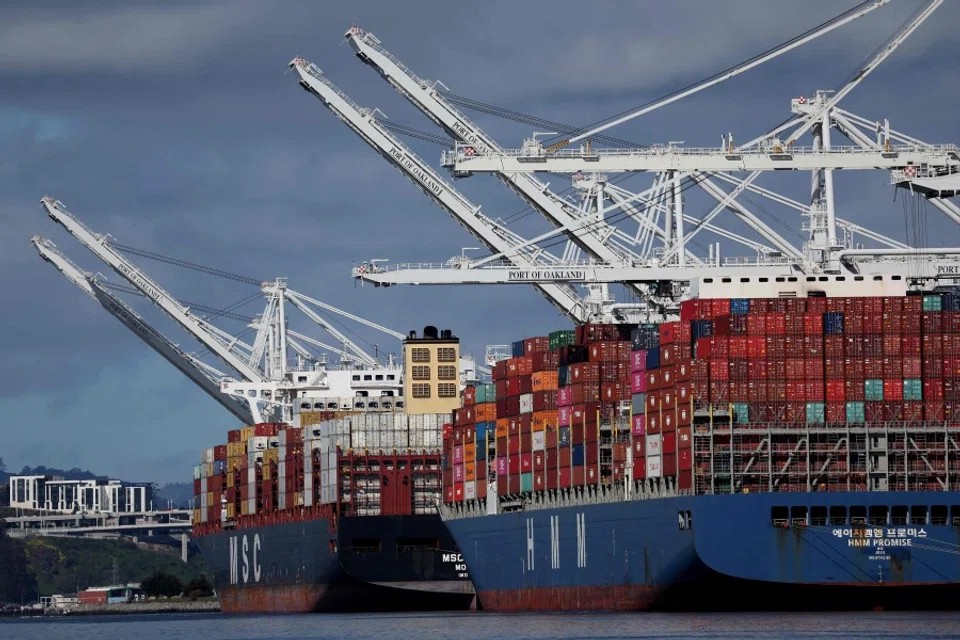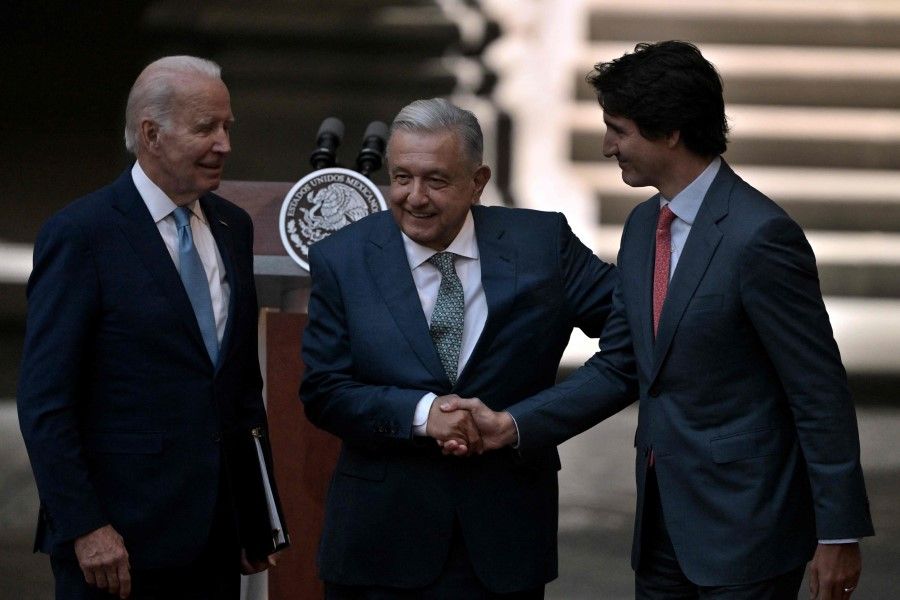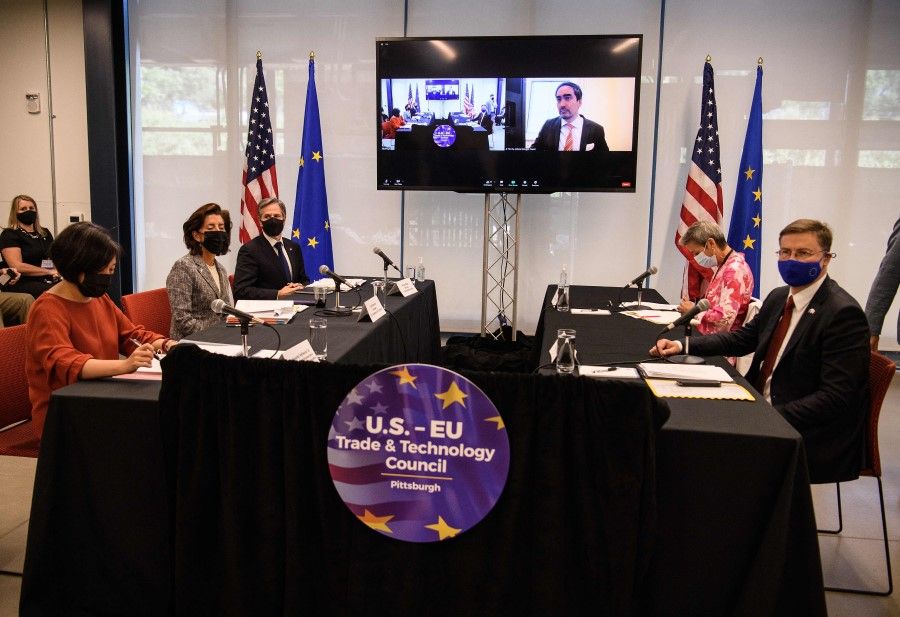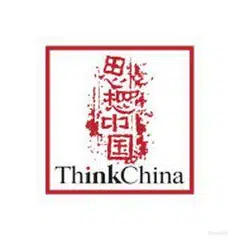How US is continuing to restructure globalisation and the global trade system

The abandonment of the free trade policy is a major shift in US foreign trade policy. The China-US trade war has shown the incompatibility between the business-led market economy and the government-led semi-market or mixed economy. Conflicts between China and the US have led to new changes in the global trade landscape.
Global multilateral trading system losing ground
Firstly, the US has abandoned its leading role in the multilateral trading system, a position it has held since the Second World War. Developed under US leadership with European cooperation, the global multilateral trading system is a US invention. It played an important role in the prosperity of the world economy after the war up to the 1970s, where growth in international trade facilitated cross-border trading and operations in finance and investments, stirring a fresh wave of globalisation. Because of the US's prominent role in globalisation, some even termed globalisation as "Americanisation".
However, the failure of the Doha Development Round of the World Trade Organization in the trade liberalisation process, which commenced in 2001, showed that the US was no longer able to close the north-south divide.
The free trade that the US wanted was reduced from a multilateral to a regional and bilateral free trade system, and this was followed by the US abandoning the free trade policy that reduces tariffs.
... the developing countries themselves wanted the US and Europe to reduce agricultural subsidies and open up their agricultural markets. This disagreement led to a lack of balanced consensus...

The north-South divide in the Doha Round referred to the call by developed countries, such as the US and Europe, for developing countries to open up their industrial and service markets; but the developing countries themselves wanted the US and Europe to reduce agricultural subsidies and open up their agricultural markets. This disagreement led to a lack of balanced consensus in the Doha Round. As India and the US refused to make any concessions, there was no possibility of breaking the deadlock.
This situation came about because developed economies had already transitioned from industrial economies to service economies, and were moving into digital economies, while developing countries were still transitioning from agricultural economies to industrial economies. Hence, the North-South divide led to a lack of consensus on the trade policies that each party sought.
Unable to push the multilateral trade framework, the US sought regional and bilateral free trade. After 2001, the administration under George W. Bush signed and implemented over 20 free trade agreements (FTAs), but they were of small economic value and were mainly signed with small countries. The real aims of the Bush Jr administration in these FTAs were political.
The Obama administration drove negotiations for two regional FTAs, the Trans-Pacific Partnership (TPP), which was signed in 2016, and Transatlantic Trade, and Investment Partnership (TTIP), which did not pan out. President Donald Trump later pulled out of the TPP, while the Biden administration has shown no interest in it, much less the TTIP.
India was clearly full of doubts about free trade and did not want to face competitive pressure from Chinese products.
Second, the multilateral trade system is at an end. India was seen as uncooperative at the Doha Round, as well as the Regional Comprehensive Economic Partnership (RCEP) negotiations. It announced pulling out of the RCEP agreement the day before negotiations were completed. India was clearly full of doubts about free trade and did not want to face competitive pressure from Chinese products.

As a big nation among developing countries, India's economy has taken great strides over the past 20 years. However, it still adheres to trade protectionism along with Brazil and other developing countries. Indeed, there is no hope of consensus within a multilateral framework to achieve the aim of reducing or removing tariffs.
US and India joining hands
The conflict between India and the US within the multilateral trading system is not a basis for judging US-India relations. The US's Indo-Pacific strategy cannot do without India's support.
Evidently, the US is not persuading India to go down the route of free trade with the iCET, but pushing it towards the digital economy.
Besides the Indo-Pacific Economic Framework, the US also pulled India into the initiative on Critical and Emerging Technology (iCET) in 2022, to expand its partnership in key and emerging technologies. The US plans to join six technological innovation hubs in India to support at least 25 joint research projects in areas such as artificial intelligence and data science, and apply its gains to agriculture, health and climate, and other fields. The US National Science Foundation and India's Department of Science and Technology will deepen cooperation through the iCET.
Evidently, the US is not persuading India to go down the route of free trade with the iCET, but pushing it towards the digital economy. Indian Prime Minister Narendra Modi also took the opportunity to encourage the US to invest in India and join its Make in India initiative, which he launched in September 2014 with the aim of taking China's place as the world's factory. But in June 2019, the Society of Indian Automobile Manufacturers released a white paper noting that FTAs go against the concept of Make in India, showing that India's path of industrialisation involves leveraging US technology to boost India's manufacturing industry.
As India continues working to boost its manufacturing sector, it needs to implement tariffs to protect its infant industries, and would not support trade liberalisation for now.
As for the US, it is not interested in trade liberalisation in agricultural products or manufactured goods. The US-Mexico-Canada Agreement (which substituted the North American Free Trade Agreement) shows that the US is interested in digital trade, the environment, and economic rules such as labour and state-owned enterprise rules.

Considering the US and India's respective goals in their external trade policies, traditional trade liberalisation involving reduced or zero tariffs within the multilateral trading system is no longer feasible. However, this does not mean the end of the multilateral trading system itself, which will continue to work in areas of traditional trade liberalisation.
The US knows better than any other country the importance of the external economy - giving up on globalisation would be self-destructive.
US restructuring globalisation
Third, globalisation, with trade liberalisation as its main component, has undergone a transformation. While globalisation has brought rich returns for US multinational companies and Wall Street elites, and kept goods prices low for American consumers, it has had a negative impact on the Rust Belt and workers in certain sectors.
After China became the US's main trading partner, China bashing became a phenomenon in American society. The "Trump phenomenon" is inherently linked to the Rust Belt, and US President Joe Biden is strongly wary of trade liberalisation through reducing tariffs.
Giving up on free trade does not mean giving up on globalisation. Improving global resource distribution is an unshakeable tenet. The US knows better than any other country the importance of the external economy - giving up on globalisation would be self-destructive.
But amid the China-US trade war, Covid-19 and the war in Ukraine, the US is restructuring globalisation. In the name of key supply chain security, externally it is advocating "friendshoring", and internally it is advocating "buy America" and "made in America", creating jobs and seeking partial self-sufficiency in key industries. But it remains on the path of globalisation nonetheless.
Strengthening US-EU trade relations
On 15 June 2021, the EU-US Trade and Technology Council was officially established. It serves as a forum for the US and EU to coordinate approaches to key global trade, economic and technology issues and to deepen transatlantic trade and economic relations based on shared values. It hopes to deepen cooperation between the US and EU in four areas, including eradicating forced labour and increasing the diversity and transparency of supply chains in rare earths, solar energy and chips, as the US and EU seek alignment in the trade and technology sectors.

On 20 November 2022, the Wall Street Journal reported that as Western countries seek to decouple from China, the US and Europe have grown closer, with a rapid jump in transatlantic trade and investments. The US imported more goods from Europe than from China in 2022, which was a big shift; and Germany's exports to the US surged by almost 50% year-on-year in September alone.
According to EU data, US services exports to the EU surged by 17% year-on-year in 2021 to 305 billion euros (US$315 billion). Small- and mid-sized German companies in particular have been diversifying investments away from China, according to a recent study by Rhodium Group, while Germany's mechanical engineering companies increased exports to the US by almost 20% year-on-year from January to September 2021, to 18 billion euros.
Production moving out of China
Fourth, the US's restructuring of globalisation has led to China slowly losing its position as the world's factory. Technology companies are gradually shifting their supply chains out of China - Apple is producing iPads in northern Vietnam; Microsoft started shipping the Xbox out of Ho Chi Minh City in 2022; and Amazon is producing Fire TV devices in Chennai, India. A few years ago, all of these products were made in China.
In addition, Taiwan's Foxconn group is expanding its production bases outside of mainland China, and the proportion has gone up to 30%. Figures from Japanese survey company Teikoku Databank also show that as of June 2022, 12,706 Japanese companies were operating in China, 1,600 fewer than the 14,394 companies in 2012.
This article was first published in Lianhe Zaobao as "全球贸易格局新变化".
Related: The overstatement of the RCEP | Suspension of China-EU investment deal: A hiccup in the short run but a major loss if prolonged | Should Beijing worry about the exodus of manufacturing from China to Vietnam? | Chinese investment and diversion of investment from China: Opportunities abound for Vietnam
